Exploring the Benefits of Industrial LED Lighting for Sustainable Energy Efficiency in Modern Factories
As the demand for sustainable energy solutions grows, modern factories are increasingly turning to innovative technologies to enhance their efficiency. One such advancement is the implementation of Industrial LED Lighting, which offers a myriad of benefits that support both environmental goals and operational effectiveness. Unlike traditional lighting systems, Industrial LED Lighting not only consumes significantly less energy but also boasts a longer lifespan, reducing maintenance costs and downtime. This transformative lighting solution contributes to lower greenhouse gas emissions, aligning with global sustainability initiatives. Furthermore, the improved quality of light provided by LEDs enhances visibility and workplace safety, ultimately leading to increased productivity among workers. By exploring the advantages of Industrial LED Lighting, factories can strategically invest in energy-efficient solutions that benefit not only their bottom line but also the planet.

Benefits of Industrial LED Lighting in Enhancing Energy Efficiency in Factories
Industrial LED lighting is rapidly becoming a cornerstone of energy efficiency in modern factories. Reports indicate that switching from traditional lighting to LED can reduce energy consumption by up to 75%. According to a study from the U.S. Department of Energy, LED lighting lasts 25 times longer than incandescent bulbs, translating not only to lower replacement costs but also significant energy savings over time. This long lifespan, combined with reduced heat emissions, allows factories to minimize their cooling needs, further enhancing energy efficiency.
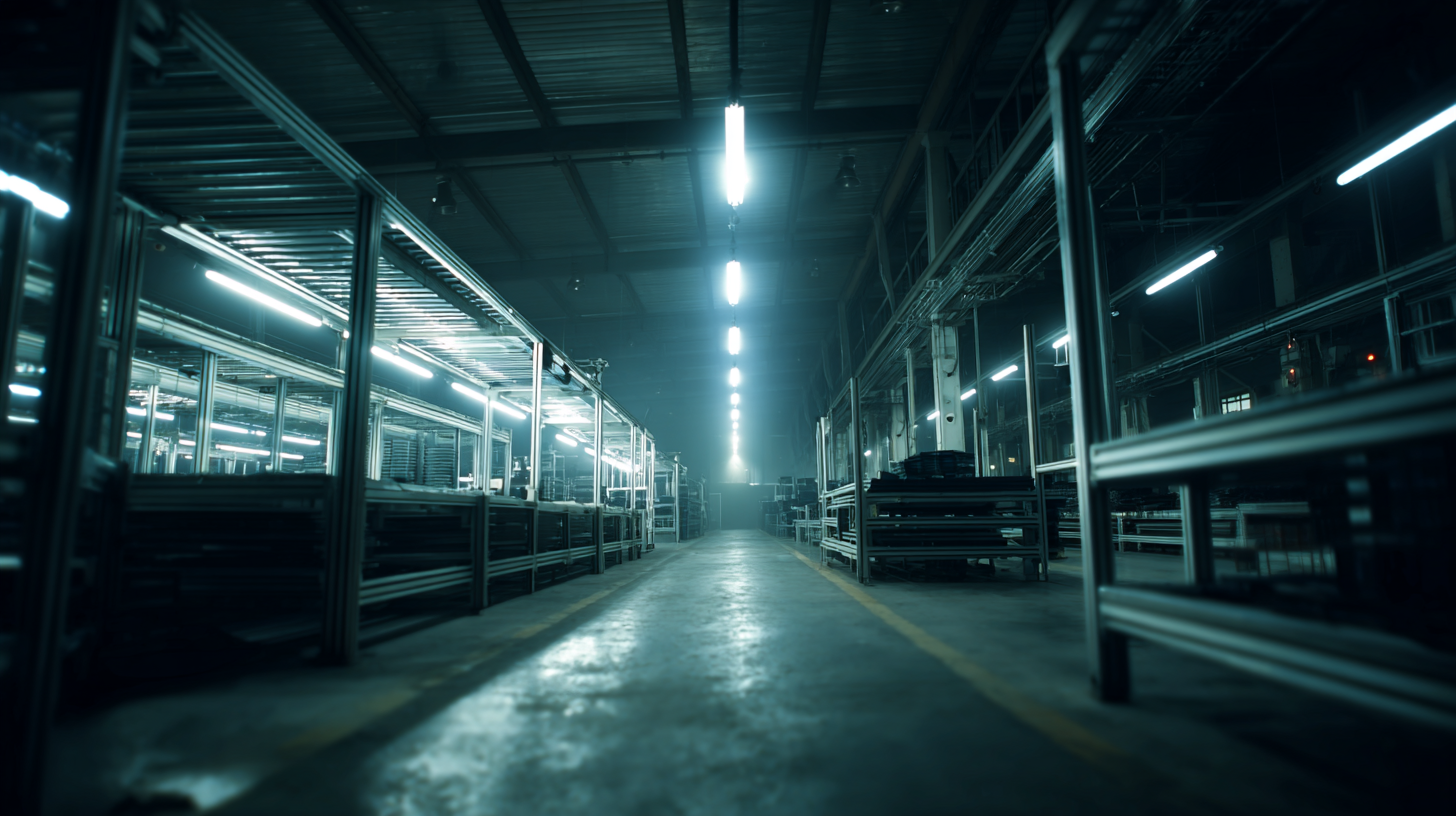
The financial benefits of industrial LED lighting go beyond mere energy savings. A report from the International Energy Agency (IEA) suggests that factories transitioning to LED systems could see payback periods as short as 1 to 3 years due to lower energy costs and reduced maintenance expenses. Additionally, LED lighting solutions provide superior quality illumination, which can lead to increased productivity and improved safety within manufacturing environments. By incorporating smart lighting controls, factories can optimize their energy use, ensuring that lighting is only utilized when necessary, which can lead to an additional 30% decrease in energy consumption.
Comparative Analysis of LED vs. Traditional Lighting Solutions in Industrial Settings
In recent years, the shift from traditional lighting solutions to LED technology in industrial settings has gained momentum due to the numerous advantages offered by LEDs. One of the most significant benefits is energy efficiency. While incandescent and fluorescent lights consume much more energy and have shorter lifespans, LEDs utilize approximately 75% less energy and can last up to 25 times longer. This drastic reduction in energy consumption leads to lower utility bills and a reduced carbon footprint, making them a more sustainable option for modern factories.
Moreover, LED lighting provides enhanced performance in comparison to traditional solutions. With better lumen output per watt and improved durability, LEDs illuminate workspaces more effectively, which can enhance productivity and safety for workers. Unlike fluorescent lights, which often flicker and take time to warm up, LEDs provide instant brightness and consistent color quality. This reliability not only benefits work efficiency but also minimizes maintenance costs, as the need for frequent replacements is eliminated. Consequently, the adoption of LED lighting is not just an energy-saving measure but a comprehensive strategy that aligns with the sustainability goals of forward-thinking industries.
Comparative Analysis of Energy Consumption: LED vs. Traditional Lighting
Impact of Industrial LED Lighting on Operational Cost Reduction in Manufacturing
The transition to industrial LED lighting represents a transformative shift for manufacturing facilities, particularly concerning operational cost reduction. As reported by the U.S. Department of Energy, industrial LED lighting can reduce energy consumption by 40% to 60% compared to traditional lighting systems. This significant decrease in energy use translates directly into lower utility bills, allowing manufacturers to redirect resources into more productive ventures.
Moreover, the installation of LED lighting often results in reduced maintenance costs. LEDs have an average lifespan of 50,000 hours, significantly longer than conventional bulbs, which typically require replacement every 1,000 to 2,000 hours. According to a study conducted by the Lighting Research Center, companies that switch to LED lighting experience maintenance cost reductions of up to 75%. This combination of lower energy use and reduced maintenance needs fosters an environment where operational expenses are minimized, enhancing overall profitability in the competitive manufacturing landscape.
Sustainability Aspects of Implementing LED Lighting in Modern Industrial Environments
The implementation of LED lighting in modern industrial environments significantly enhances sustainability by reducing energy consumption and minimizing waste. Unlike traditional lighting solutions, LED lights use considerably less power while delivering higher luminosity. This efficiency translates into lower electricity bills and reduces the overall carbon footprint of a factory. Additionally, LEDs have a longer lifespan than conventional bulbs, which means fewer replacements and less material waste, contributing to a circular economy.
Moreover, the adaptability of LED lighting systems allows for smarter energy management through advanced control technologies. Factories can integrate these systems with sensors that adjust lighting based on occupancy and natural light levels. This optimization not only enhances productivity but also supports sustainability goals by ensuring that energy is used only when necessary. Overall, the transition to LED lighting represents a vital step towards greener manufacturing practices, fostering an environmentally responsible industrial sector.
Future Trends in Industrial LED Lighting Technology and Its Role in Energy Efficiency
The future of industrial LED lighting technology is set to revolutionize energy efficiency in modern factories. As global awareness of sustainability grows, the demand for energy-efficient lighting solutions is expected to rise significantly. The LED lighting market is projected to grow from $154.27 billion in 2024 to $367.88 billion by 2032, highlighting a strong trend towards adopting innovative lighting technologies in manufacturing settings.
Tips for optimizing industrial LED lighting include regularly upgrading outdated fixtures and considering smart lighting options that adjust automatically to optimize energy use. Additionally, using high-quality LED products can significantly reduce electricity consumption and maintenance costs in the long run. As companies embrace these advancements, they will not only enhance their operational efficiency but also contribute to green manufacturing practices.
With a projected compound annual growth rate exceeding 5% for LED packaging from 2024 to 2032, businesses should take proactive steps in integrating these technologies into their operations. This investment will not only lead to reduced operational costs but also position companies favorably in an increasingly competitive market, leveraging energy efficiency as a key advantage for sustainability-driven consumers.
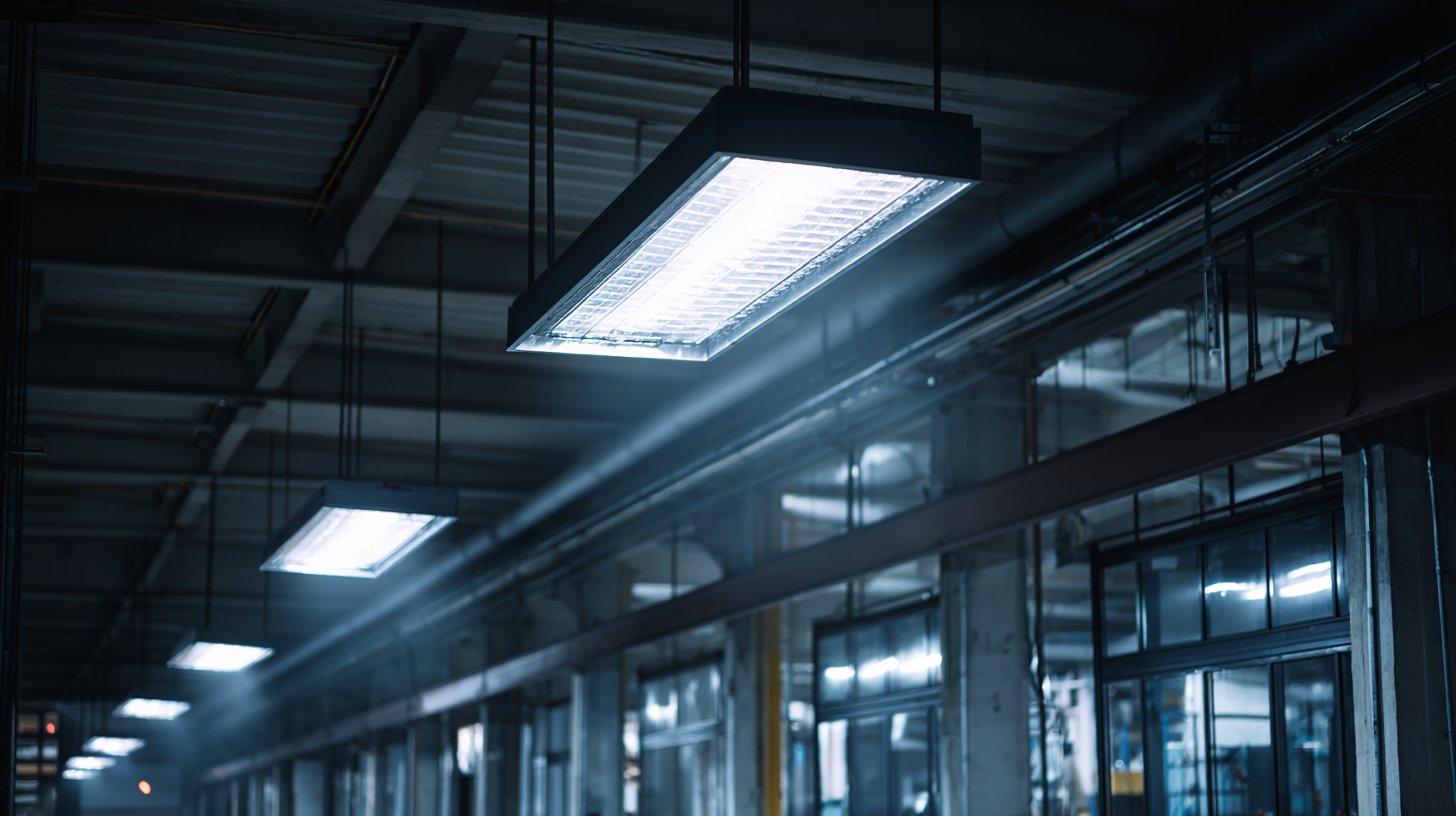
Related Posts
-
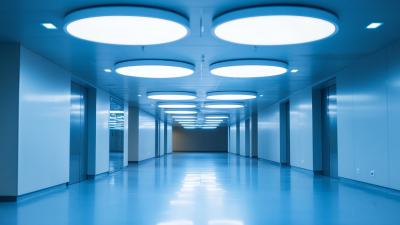
Global Market Outlook for Commercial Led Fixtures Towards 2025 Exploring Future Trends and Innovations
-
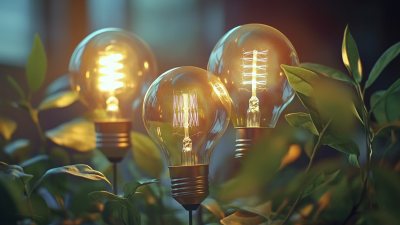
The Evolution of Led Light Bulbs and Their Impact on Global Sustainability
-
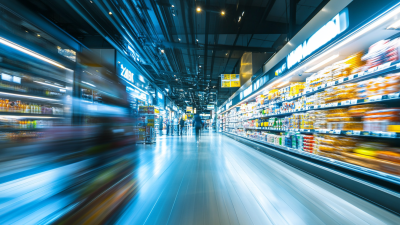
Exploring Smart Lighting Solutions in Retail Applications for Enhanced Energy Efficiency
-

Challenges in Sourcing Quality Industrial Lighting Fixtures Amid Global Variability
-
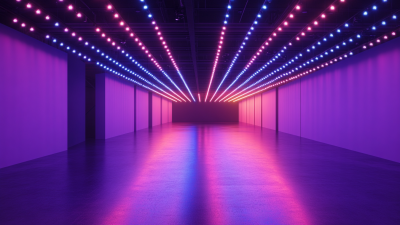
Evaluating the Best LED Fixtures: A Comprehensive Guide for Global Buyers
-
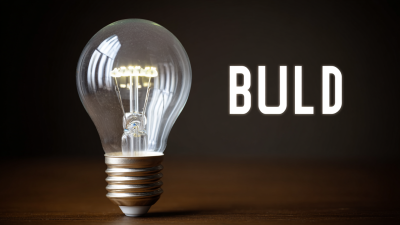
20 Effective Ways to Choose the Best Led Light Bulb for Your Home
Quality Commercial LED Lighting specializing in LED Tubes, LED Bulbs, LED Troffers, LED Door Kits, LED Retrofit Kits, LED Panels, LED Spot Lights, LED Wall Packs, LED Lamps, LED Drivers, LED Accessories, LED Lights, LED Sales, and LED Manufacturing. Headquartered in Atlanta, Georgia, USA.
